Of panels and politics – An unfinished battle for the Western Ghats
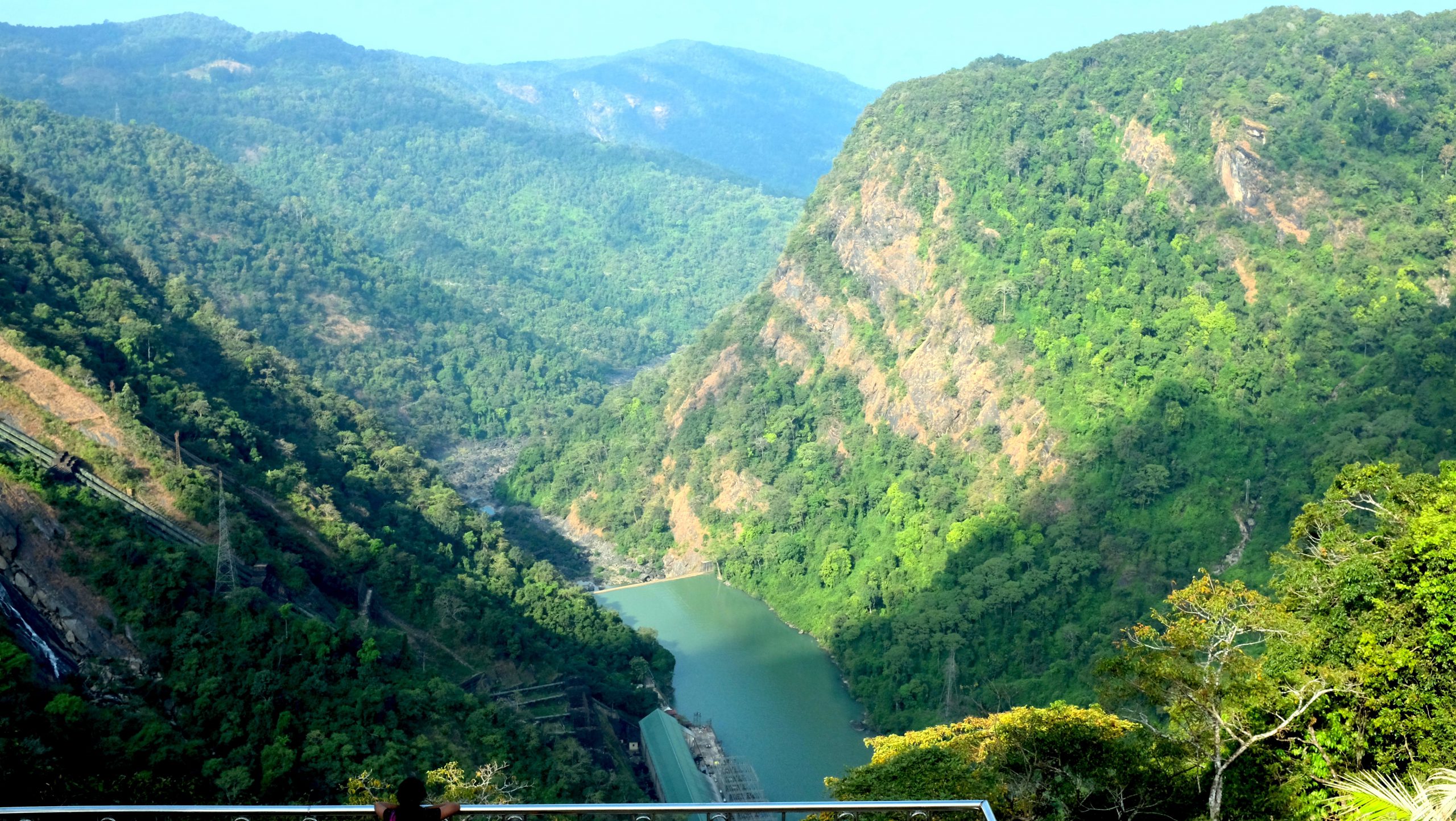
Older than the Himalayas, the Western Ghats covers an area of around 140,000 km² in a 1600 kms stretch that runs parallel to the west coast of India traversing magnificently through six states from Gujarat to southern Kerala, creating some of India’s most breath taking landscapes.
Also known as the Sahyadri Hills or the benevolent mountains, 60% of the venerated Ghats lie in the state of Karnataka and tallest standing at an altitude of 2695m (Anamudi) in Kerala. Its ecosystem plays a critical role in influencing the monsoon and weather patterns in the subcontinent. Known for its exceptionally high biodiversity and endemism, unique only to this part of the world, it is home to many Tiger Reserves, National Parks, Wildlife Sanctuaries and reserved forests with single largest population of globally threatened ‘landscape’ species such as the Asian Elephant, Gaur and Tiger etc. Endangered species such as the lion-tailed Macaque, Nilgiri Tahr and Nilgiri Langur are unique to the area. The region is also key to the conservation of a number of threatened habitats, such as unique seasonally mass-flowering wildflower meadows, Shola forests and Myristica swamps.
This region cradles more than 57 rivers including the sacred Krishna, Godavari and Kaveri that originate here. Sacred groves still exist here amidst the protected forests. What makes the Western Ghats special is that while its total area is less than 6 % of the land area of India, the Western Ghats contains more than 30% of all plant, fish, bird, and mammal species found in India. It contains genetic resources of numerous spices, grains, and fruits. It’s home to the source of numerous Ayurvedic and medicinal plants. Livelihoods of approximately 300 million people who live in the states connected by the Ghats depend on the forests and they receive most of their water supply from rivers originating in this region.
It is not without reason that the Western Ghats is known as the water tower of peninsular India. Moderating the tropical climate of the region, the Ghats are one of the best examples of the monsoon system on the planet. The region is one of the world’s eight ‘hottest hotspots’ of biodiversity. Neglecting this highly-sensitive, ecologically important region is what’s causing the several rain-related extreme weather events in many Indian states.
The Gadgil Report
In 2010, Mr. Jairam Ramesh, the then Minister for Environment and Forest, commissioned renowned ecologist Madhav Gadgil to study the Western Ghats and its complex interstate geography, and offer recommendations for its conservation. A 14-member Panel i.e. the Western Ghats Ecology Expert Panel (WGEEP), with Professor Madhav Gadgil as its Chairman was constituted on March 4, 2010 . The WGEEP was tasked to suggest measures for demarcating ecologically sensitive zones in the Western Ghats and recommend setting up of an authority (Western Ghats Ecology Authority) to manage the ecology of the region and to ensure its sustainable development.
The WGEEP had 15 meetings, 7 brainstorming sessions, an expert consultative meeting, 8 consultations with government agencies, almost 40 consultations with civil society, commissioned 42 papers and multiple field visits. The panel also consulted the MPs representing various constituencies within the limit of the Western Ghats. The inputs received from the various consultations mentioned above, especially from the Commissioned Papers written by experts in various fields were used extensively in the final report. The Panel submitted its report to the Environment Ministry on 30th August 2011.
The WGEEP Report famous as the ‘Gadgil Report’ (the Report hereinafter), was neither shared nor made public for over a year. In consequence of several PILs, the Delhi High Court ordered the MoEF to release the report in public domain in 2012. The Gadgil Report called for highest protection to the Ghats and that the entire region be declared ‘eco-sensitive’. It recommended that the region be classified into three zones, depending on its significance. The Report also recommended a gradual phase-out of all existing mining activities in five years and that no new licenses be issued. Same year, UNESCO in its thirty-sixth session (June-July 2012), declared Western Ghats as a World heritage site for the region’s “immense global importance for the conservation of biological diversity, besides containing areas of high geological, cultural and aesthetic values”.
Resistance faced by the Report
Once made public the report received 1700 responses. Kerala government was the first to strongly oppose the Gadgil report. Mining lobbies and others with vested interests, started passing rumours that the Report recommends displacement of farmers and tribals from the forest land. It was also claimed that how could a panel study such an extensive and sensitive subject in a matter of 15 months.
Due to the strong resistance from lobbies and parties, Jairam Ramesh’s successor, the then Minister for Forests & Environment, Jayanti Natarajan (INC, 2011-13), dismissed the report in its entirety. Mrs. Natarajan constituted another team on 17th August 2012, headed by K Kasturirangan, an Indian space-scientist, and former member of the now defunct planning commission. This new team came to be known as the High-Level Working Group (HLWG). The remit of HLWG was to elicit the views of the stakeholders, concerned State Governments and Central Ministries on the WGEEP Report and to assess the implications of its recommendations for the Western Ghats region both in terms of conservation of ecology and sustainable development. The report submitted by this HWLG is known as the Kasturirangan report. This report toned down the recommendations of the Gadgil report but retained the crux of it.
In the next piece to this article series, we will discuss the recommendations of the Gadgil report in detail and what the Kasturirangan report brought to table in contrast.


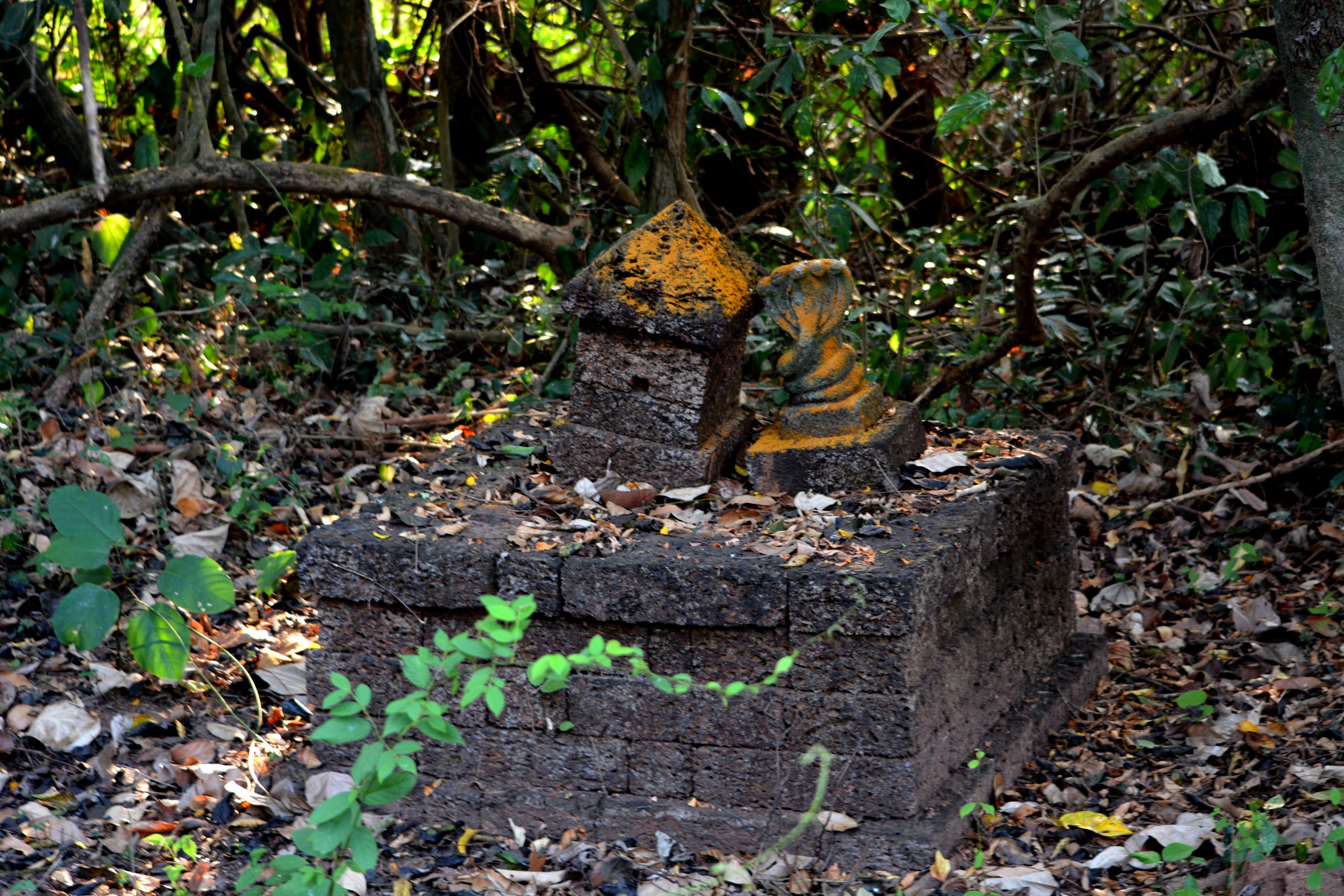
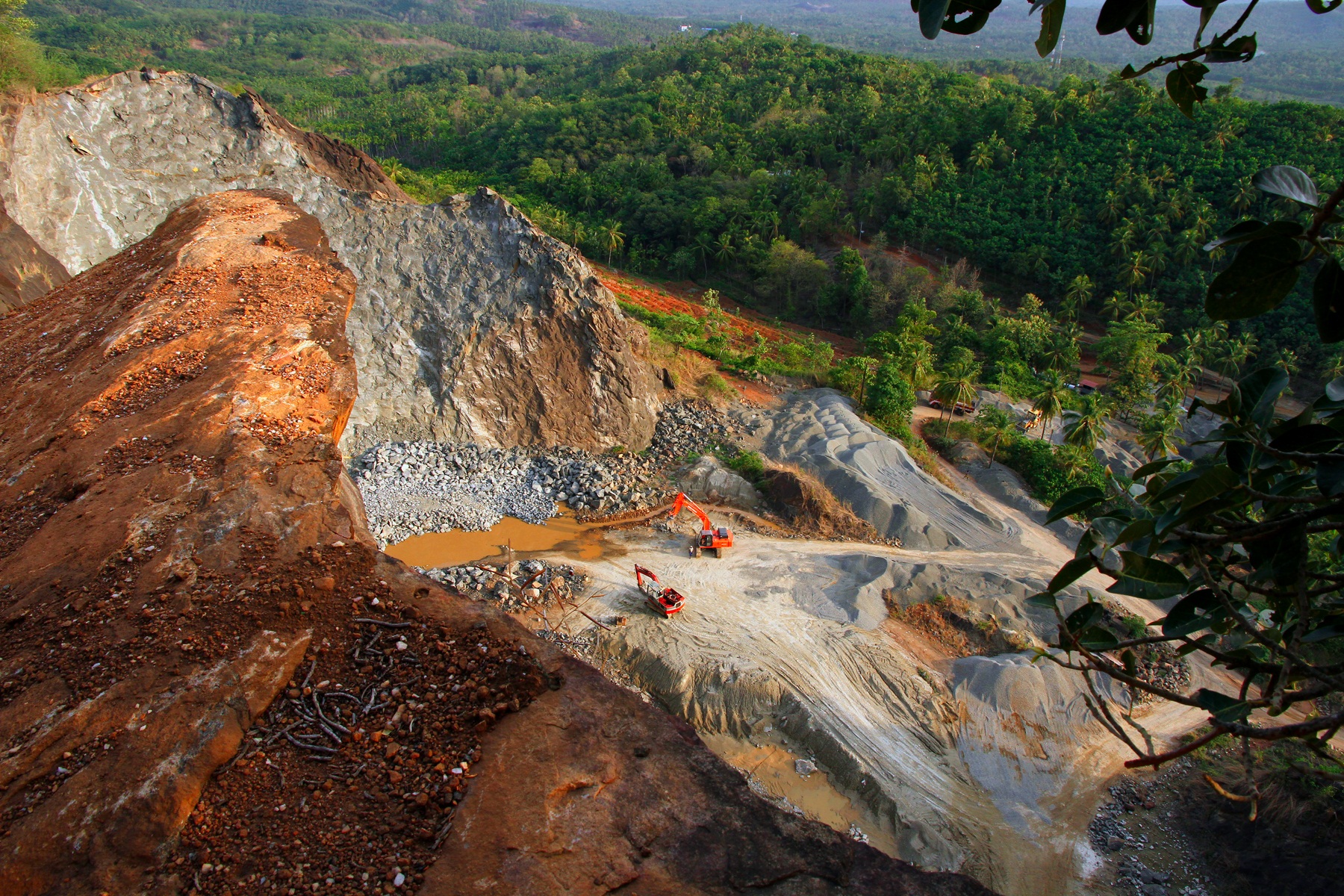
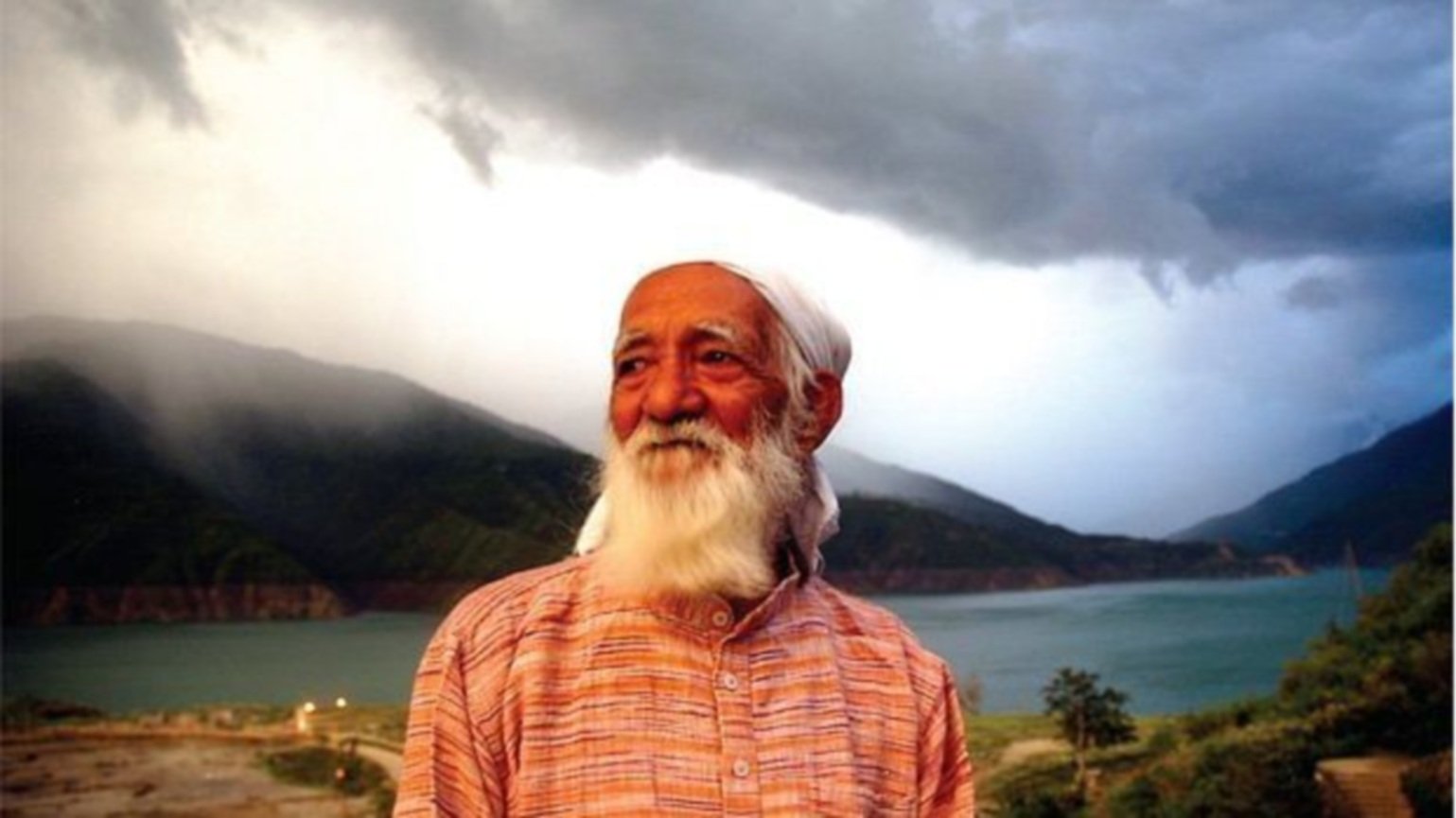
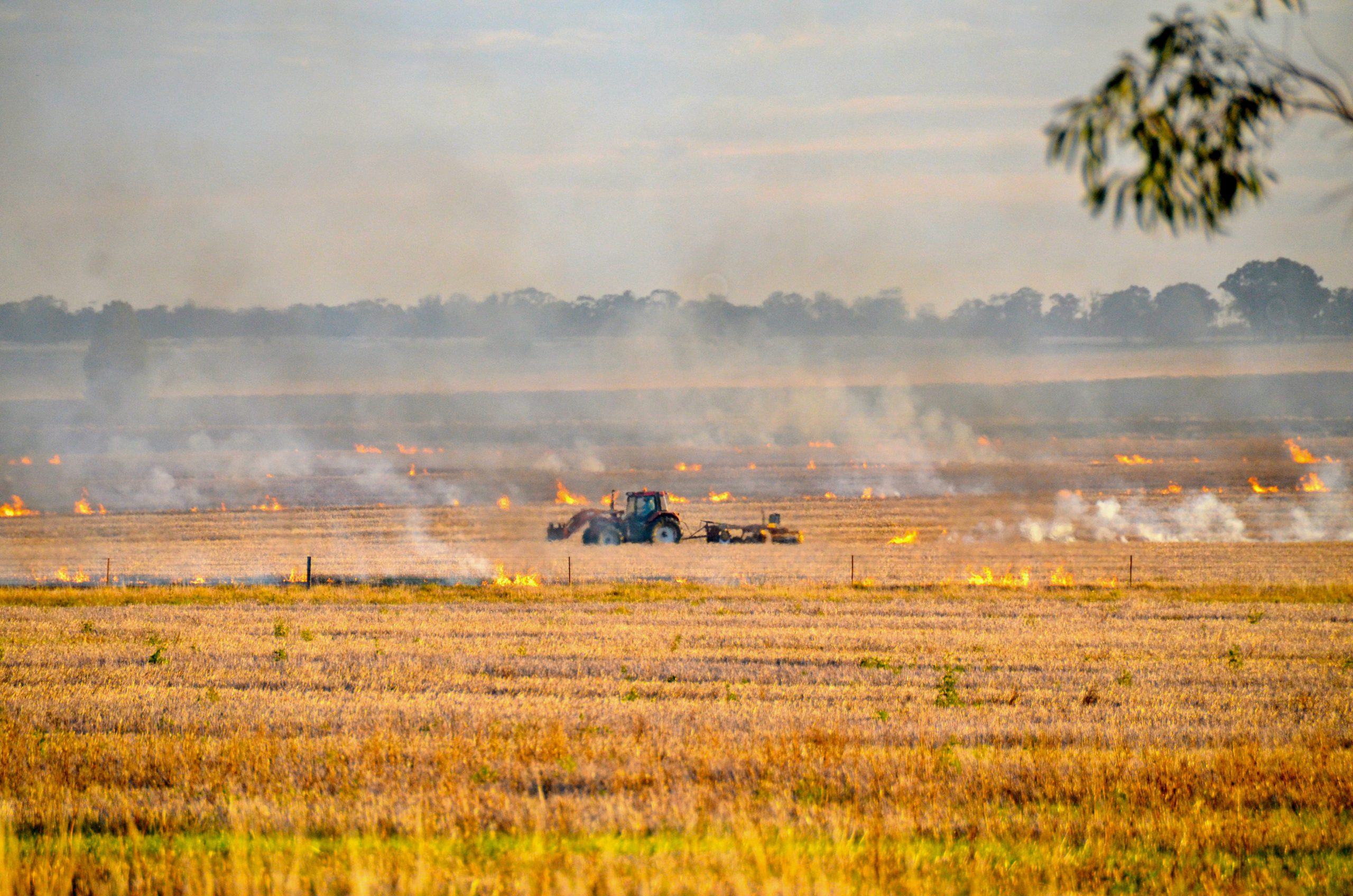


Srihari
Right article at the right time as Kerala is again facing now heavy rains and floods